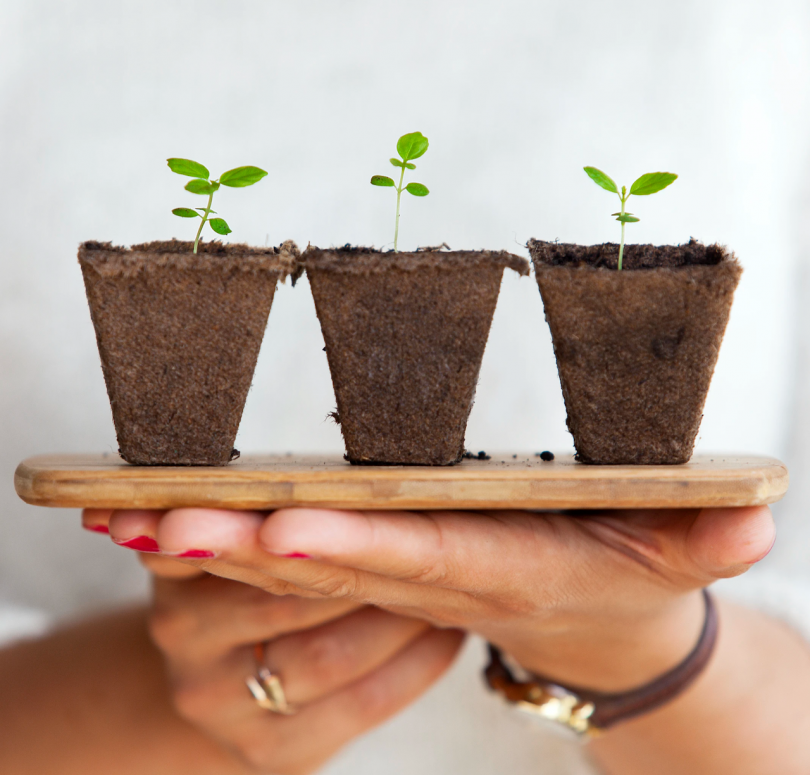There are few things as rewarding as the pride and accomplishment that comes after a successful do-it-yourself (DIY) pursuit. And in the cannabis world, growing your own plants has been a relished activity for anyone with even the slightest shade of green thumb. As more cities, states, and countries allow for home growing for personal and medical use, many people are attempting their own grow for the first time.
In this first-of-three blog series, let’s take a quick look at how you can get setup for your own grow operation right at home.
Indoor or Outdoor?
Before you begin to grow cannabis at home, you’ll need to make the decision whether to attempt it indoors or outside. Tips and tricks for both of these will be further examined in upcoming blogs but depending on which you choose, you’ll need different growing supplies and the proper space to pull it off.
If you live in an area with good growing conditions or already have an established garden, outdoors can be quick and easy to set up. Indoor growing gives you more control over the growing environment but also has the added cost of grow lights and other necessary equipment. A benefit is that you can grow year-round. Whether you choose indoor or outdoor is a personal and practical choice and both can yield a solid harvest.
What You’ll Need
- Cannabis seeds or clones – In some legal states, you can find feminized seeds of a favorite cultivar or purchase a clone which is a small seedling plant that you transplant into your home growing environment. Clones will allow for a shorter time to harvest and an already established plant. Clones can become less healthy over time. Seeds are cheaper and give you the full sprout to smoke experience.
- Growing medium – If you have a veggie garden, you already have a growing medium as seeds and plants can go right into the dirt. You can also purchase high-quality soil and use pots indoors and outside. Other growing mediums, such as hydroponic options, are possible but not recommended for first time growers.
- Light source – Outdoors, this is the sun. Indoors, you will have to pick a type of lamp with fluorescent, HID, and LED bulbs being the most common. You will also need to vent and power a light source indoors as it can put out excess heat that can be a potential hazard to your plants and the growing room.
- Water source – In an outdoor environment, this is rain or the garden hose. But a dedicated irrigation system is nice to give you precise control over how much water your plants need. Indoors, you will need an irrigation setup or can hand water with a hose or watering can.
- Fertilizer – You technically don’t need fertilizer but it’s always recommended to help provide essential nutrients to your plants. This can help encourage different stages of growth and amend the growing medium to your advantage.
Legal Considerations
Another important thing to keep in mind as you get everything for you first grow is all of the legal considerations and restrictions in your area. If you are growing for personal use, there is usually a limit on how many plants you can grow. You also might need to secure your growing area or garden with a lock, or other security measure as spelled out in local regulations. Here is a state-by-state breakdown to help you out.
Seeds or Starts?
Getting an already established plant, if you have access to one, can simplify the growing experience and leads to a quicker harvest. If you don’t trust your growing abilities, this can be a good option for the first timer. Growing from seed involves a few more steps, such as germination, and this does create a small barrier to entry. But if you have an interest in growing and a love for the plant, it’s a very rewarding and enjoyable method to watch your work go from seed to flower.
Image Source: Daniel Öberg on Unsplash








